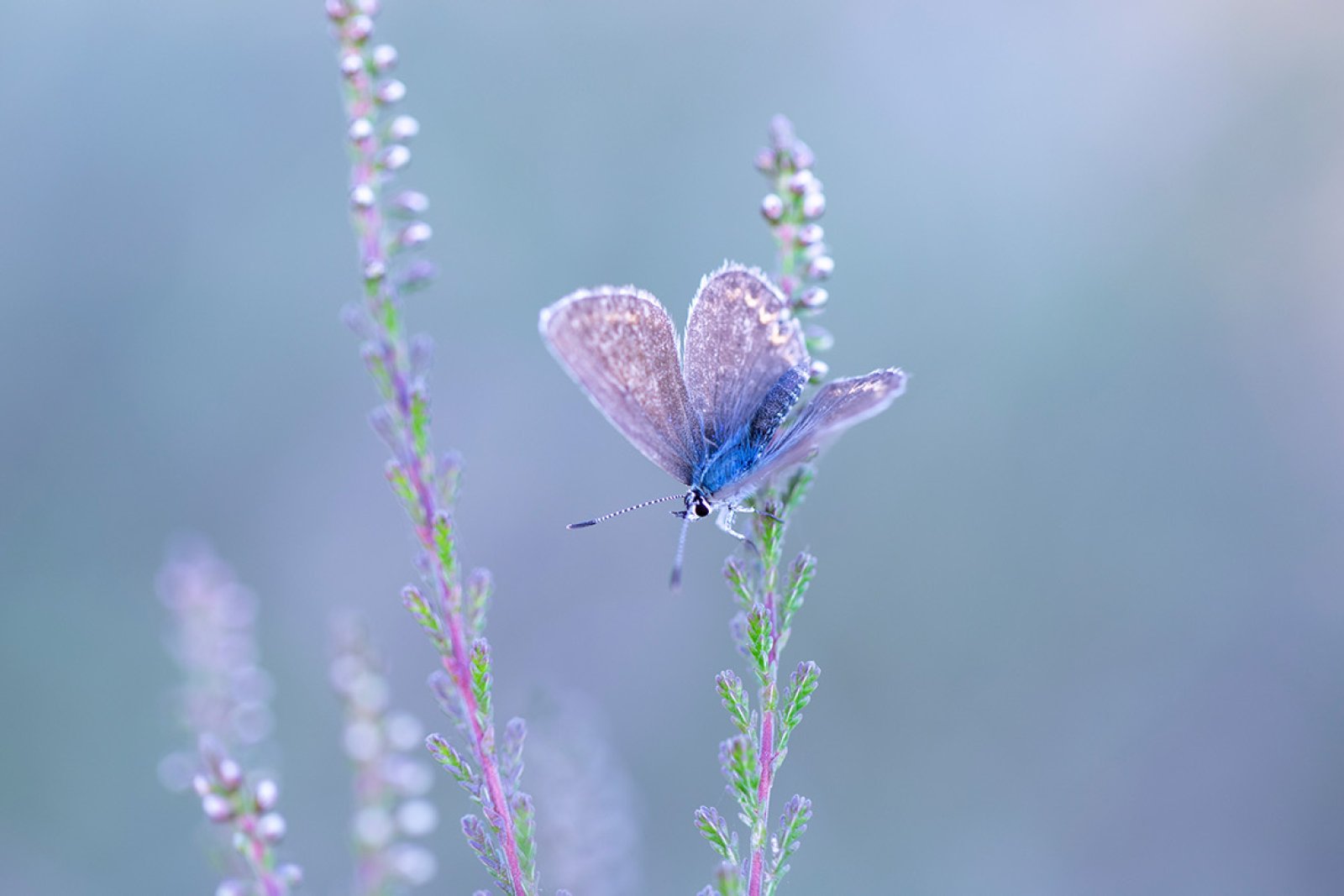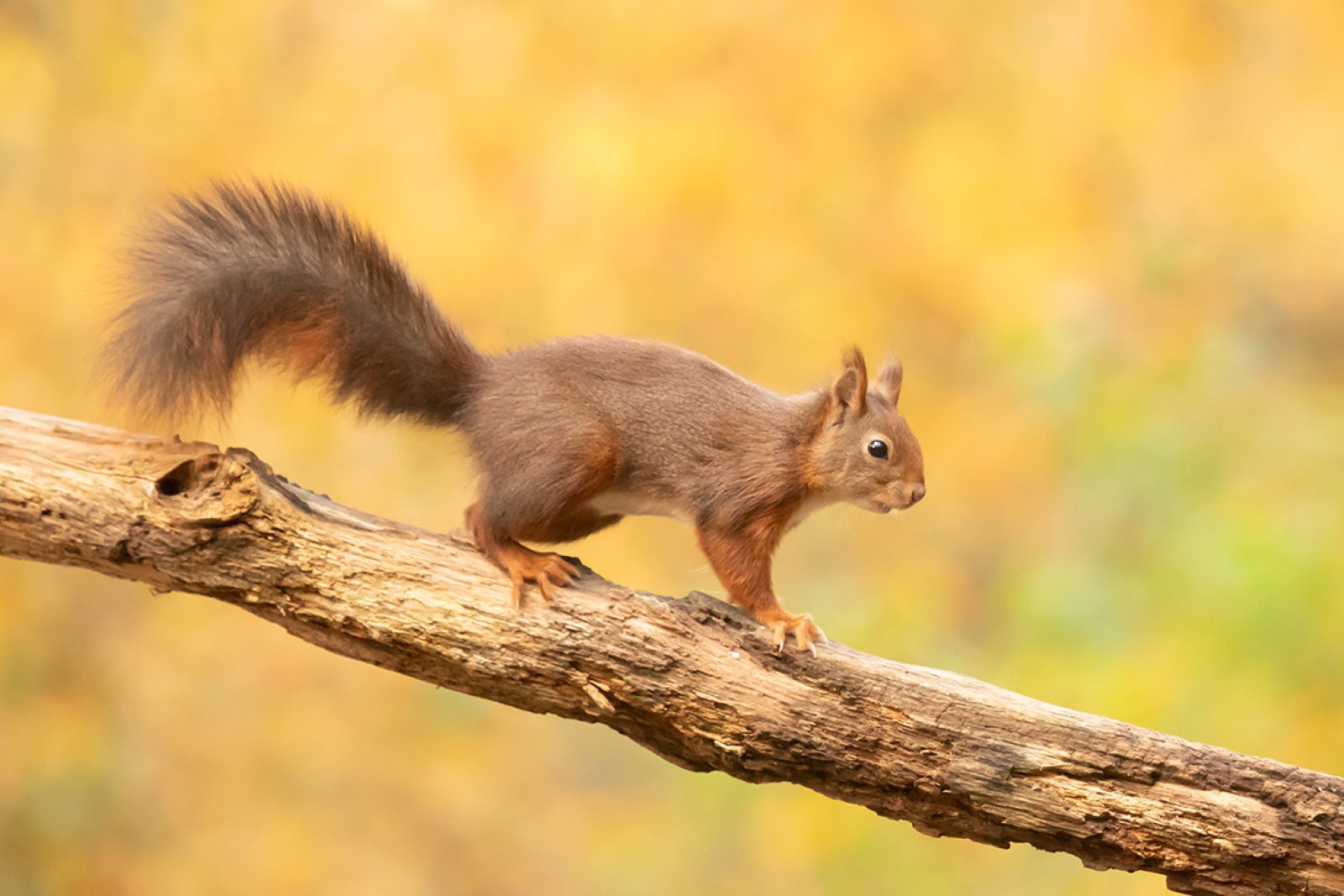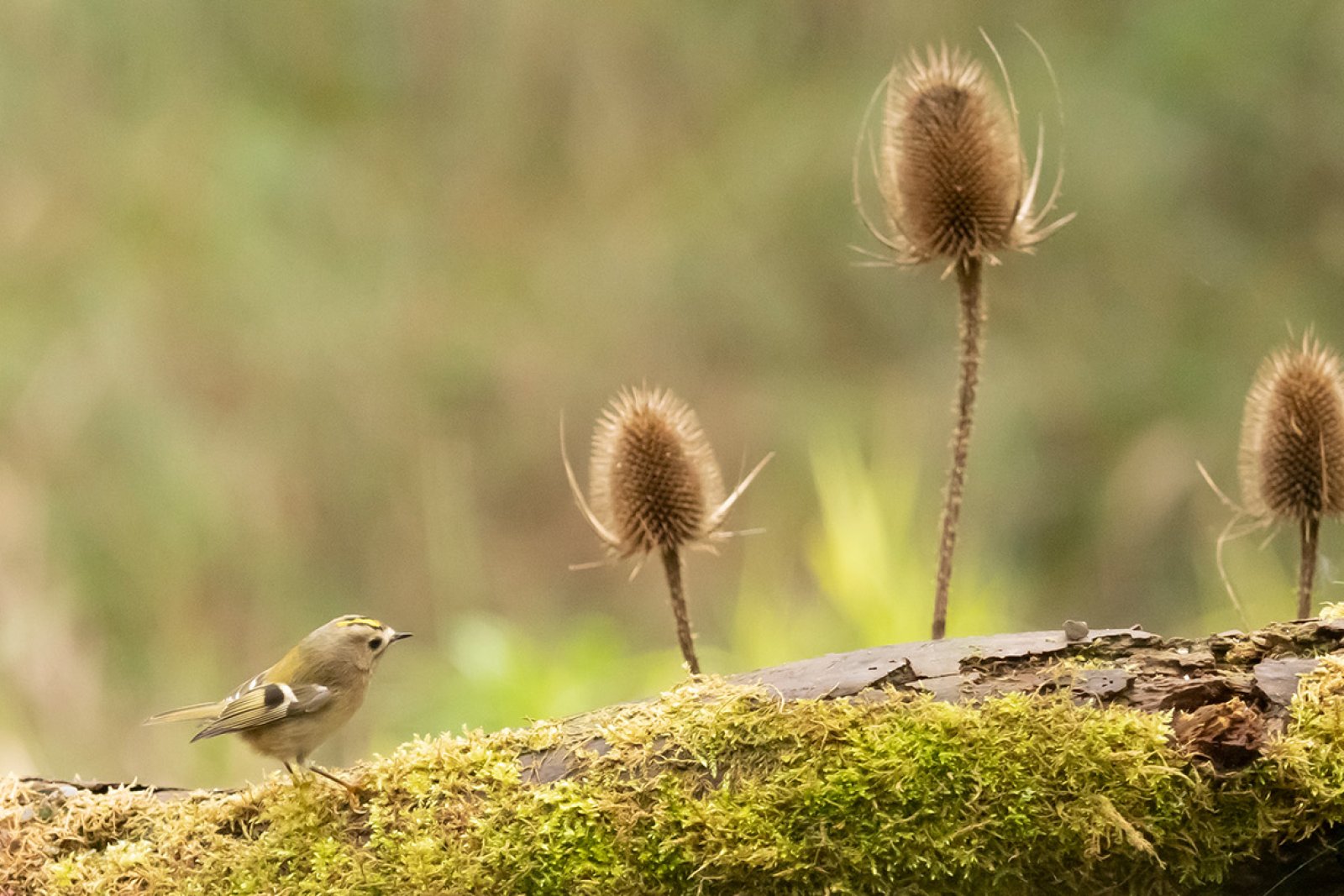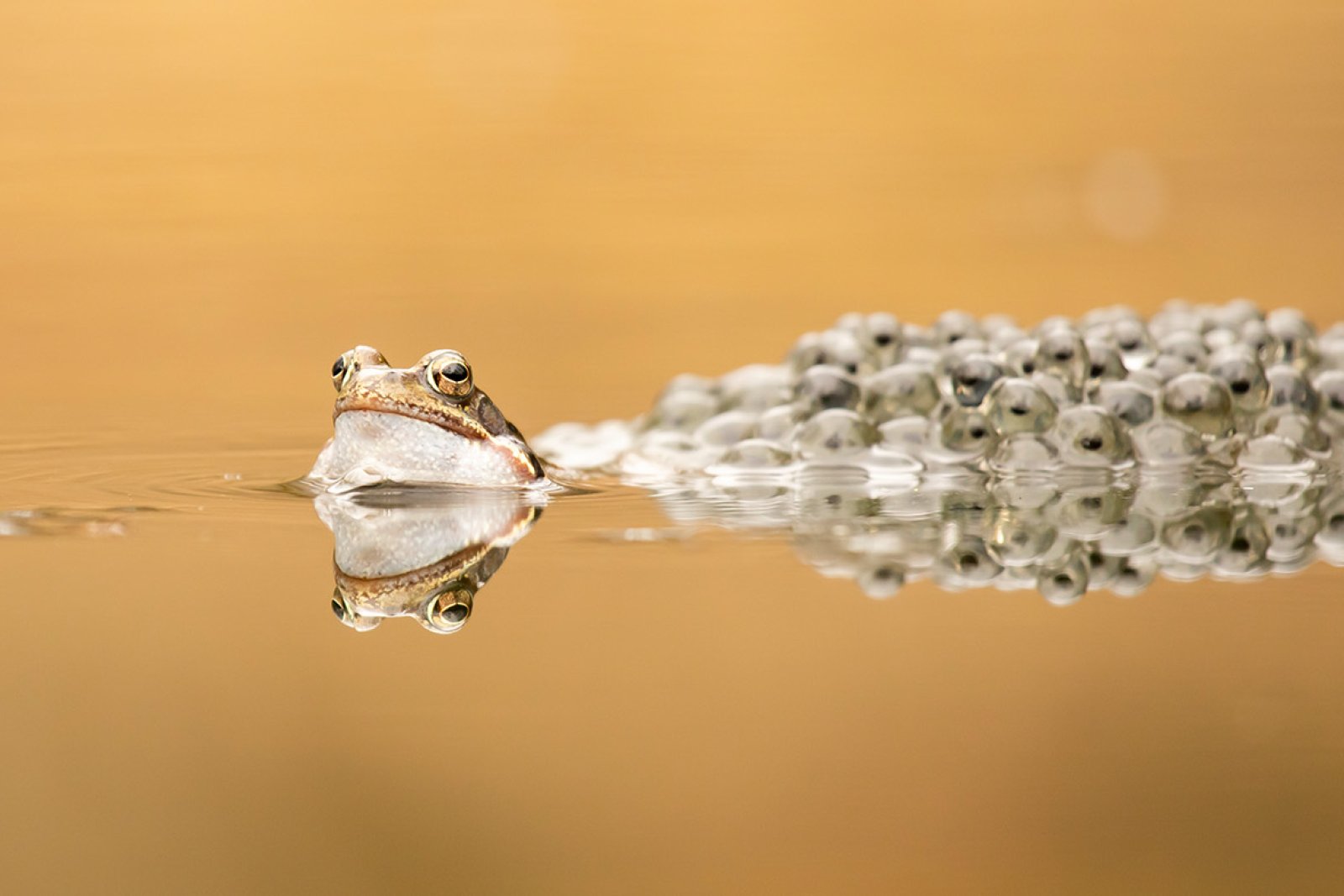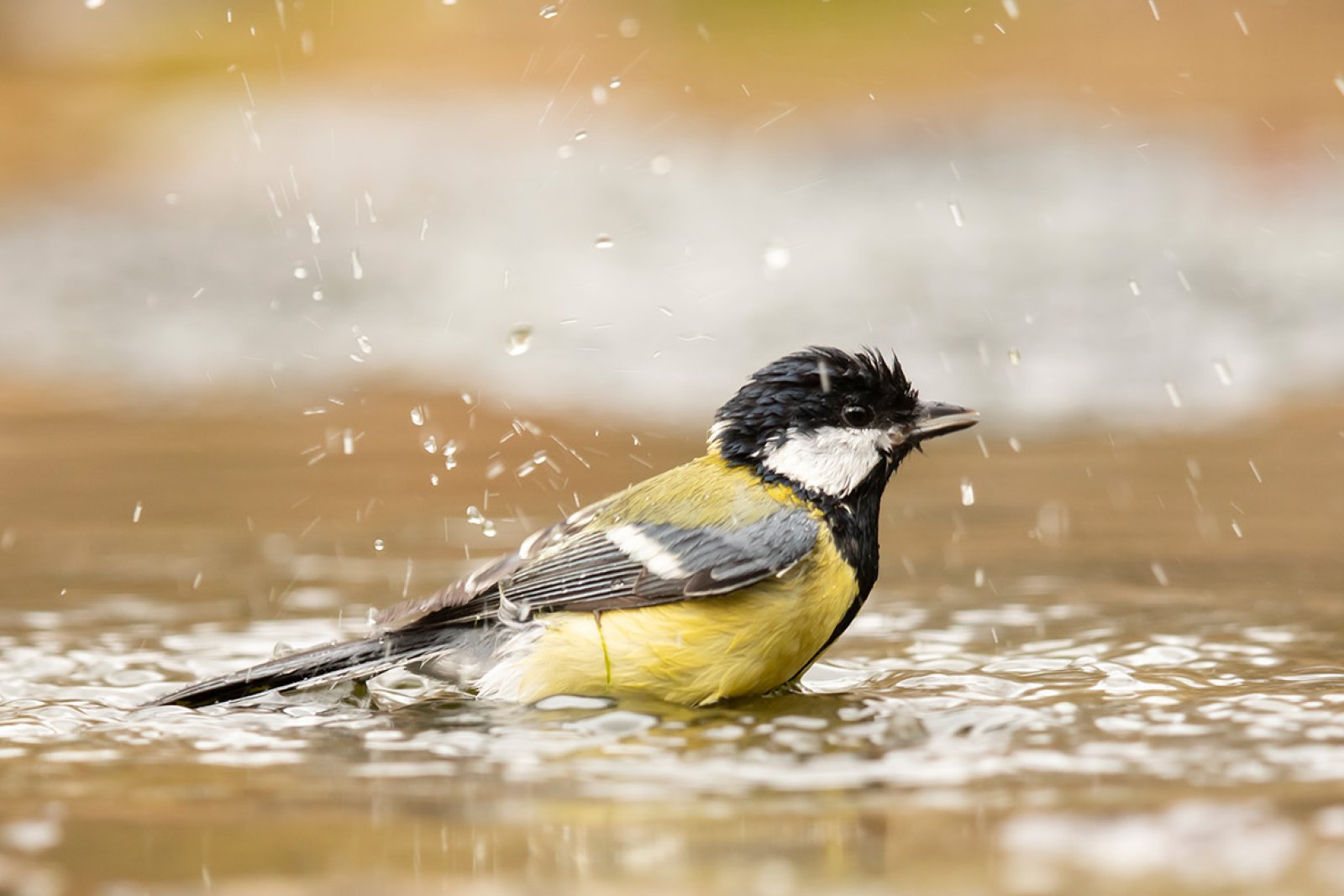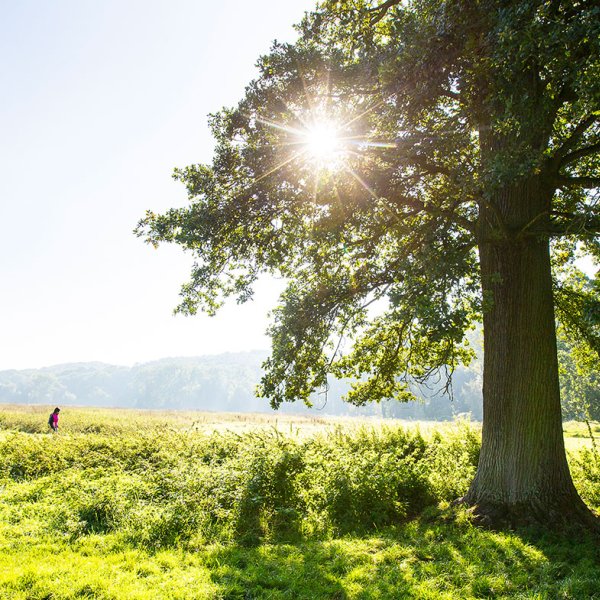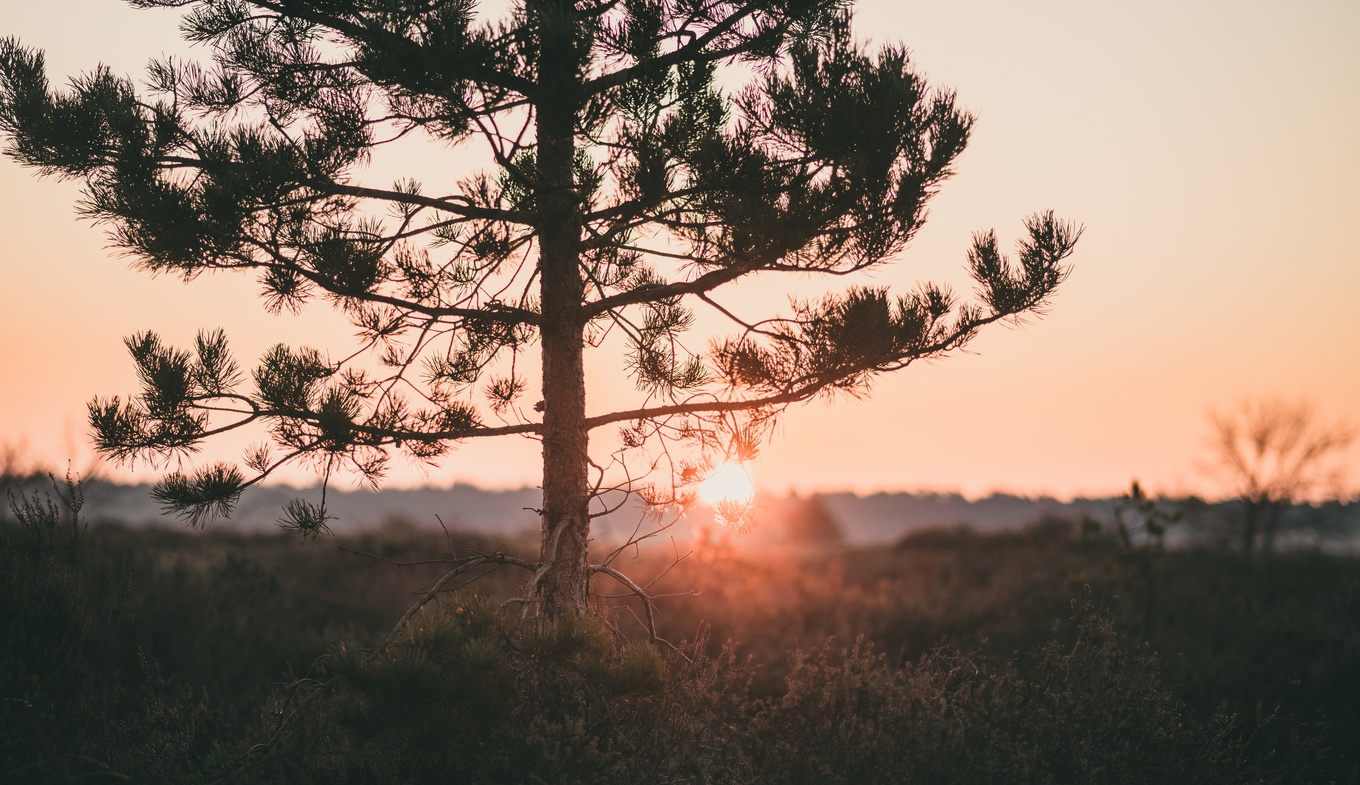
5 quiet places to experience Dutch nature in bloom
Experience the great outdoors in these national parks that provide an oasis of calm. Walk through native forests, spot rare birds and wildlife and take a moment to relax in beautiful landscapes. Find out about the historical significance of these natural spaces and what you can find during a walk or bike ride.
- Stumble upon the unexpected Dunes of Loon in the middle of Brabant
- Schiermonnikoog; the home of more than 300 species of birds
- Explore the surprisingly hilly landscape of De Meinweg National Park
Escape to a natural paradise
Becoming immersed in the tranquil surrounds of a national park is the perfect way to reconnect with nature. Enjoy a leisurely walk, take part in an active outdoor pursuit or simply admire the landscapes and wildlife in these beautiful and untouched parts of the Netherlands. The types of landscapes, plants and birdlife found in each of these national parks vary greatly, but all are best experienced in the spring months when the wildflowers burst into bloom and animals awake from hibernation. No matter which part of the country you’re in, you’re never far away from natural environments with breathtaking scenery.
Schiermonnikoog National Park
To breathe in some of the Netherlands most iconic scenery, escape to Schiermonnikoog National Park, located on one of the five Dutch Wadden Islands. The atmosphere of these islands at the tip of the Netherlands is vastly different to that of the mainland. Schiermonnikoog became a national park in 1989, and is well maintained yet virtually untouched by human developments. Walk along pristine stretches of coastline, mudflats, salt marshes and sand dunes. A world away from city life… there are no cars on the island, either. Travel takes approximately 45 minutes by boat departing from the port of Lauwersoog.
More than 300 different species of birds make Schiermonnikoog their home: spoonbills, bluethroats, ospreys, Western Island harriers and more. Watch them migrate to the island and enjoy the feeling of complete solitude in nature. Grasses, mosses, mushrooms and even wild varieties of orchids will catch your eye. The area is also ideal for family days out. The island resembles a natural playground, perfect for children to explore, build sandcastles, search for shells and insects, and dip their toes in the shallow waters. The forest playground on Cornelis Visserpad is built for tree climbing adventures (and peeking into the tree house), playing with the water pump and crawling through the tunnel of willow branches.
De Meinweg National Park
Flourishing with biodiversity, De Meinweg National Park is a one-of-a-kind natural landscape that can be enjoyed all year around. The national park stretches across three plateaus of various inclines, with one reaching 80 metres above sea level. There are steep transitions between the plateaus. This provides a rare hilly landscape in contrast to the otherwise flat terrain of the Netherlands – a great opportunity for a more challenging hike. Ponds and rivers are dotted throughout the forest areas of the park, providing beautiful vistas for relaxing, walking or taking photographs. Guided hiking trips, including atmospheric night treks and twilight walks, are also available, which can be booked through the visitor centre.
Take your time to spot and interact with the park’s local residents – more than 100 species of birds, lizards, frogs, stoats, foxes, boars, deer and butterflies in every colour of the rainbow. The most famous reptile is the zig-zag striped adder, protected under Limburg’s official conservation plan. They live along the edges of the forest and can sometimes be spotted sunbathing in spring and summer. Plant varieties are another significant part of De Meinweg National Park’s scenery. Stretches of grassland contrast with vibrant purple heather and wildflowers that bloom around the ponds in warmer weather.
Middag-Humsterland National Landscape
Another peaceful natural environment off the beaten track, Middag-Humsterland National Landscape is a stretch of farmland north of Groningen. According to archaeological excavations, it’s the oldest piece of cultivated land in the Netherlands. The Middag-Humsterland National Landscape is rich with history, dating back to 500 BC. Parts of the land have remained untouched for centuries; interesting historical details include churches and the 12th-century Cistercian monastery in Aduard with its museum. During this period, villages were built on raised mounds to protect against flooding – a feature of the landscape which can still be spotted today.
The area was recognised as a national park in 2005 due to its open landscape, unique layout of agricultural land and network of waterways and marshes. Walk or cycle through the secluded farmland, and you’ll be treated to views of historic farmhouses, villages and monuments. The high-quality soil and consistent rainfall provide optimal conditions for growing crops and raising livestock. Like most of the Dutch countryside, the park has a flat terrain, ideal for an easy walk or family bike ride. Even during the summer months, you’re unlikely to encounter many groups of people.
Zoom-Kalmthoutse Heide National Park
Zoom-Kalmthoutse Heide National Park is tranquil oasis on the Dutch and Belgian border. Aside from its large expanses of grassland and pine woods, it’s a birdwatcher’s paradise. Hawks, falcons, buzzards, tree pipits, nightjars, owls and all five species of Dutch woodpecker nest in these trees thanks to the quiet surroundings. During the spring, some sections of the park are temporarily closed to the public to give rare birds an opportunity to raise their chicks.
Whether you want to wander at your own pace or put your fitness to the test, the park offers 25 signposted hiking trails which vary in distance from 1.7km to 24km. Visitors with four-legged friends will be happy to know that parts of the park are also designated for dog walking. Zoom-Kalmthoutse Heide National Park gives children an inspiring introduction to Dutch nature. There’s a two-kilometre trail called ‘Natuurbeleefpad Konijn’, which is signposted with carrots. It gives young children the experience of exploring the trail while pretending to be a rabbit by hopping around a tree, plus other games to play. Older children (aged 8-12) can scan the QR codes throughout the park to find out fun facts about the area and take part in various activities.
Dunes of Loon and Drunen National Park
In the middle of Brabant, the Dunes of Loon and Drunen National Park are an unexpected piece of landscape made up of sand dunes. They were formed approximately 10,000 years ago and are the largest sand drift area in western Europe. Unsurprisingly, this vast expanse of land is home to various species of wildlife and plants that thrive in the unique conditions of woodland combined with 270 hectares of drifting sand. Over the years, plants and animals have adapted to the low-nutrient soil and extreme weather conditions of this ‘Dutch desert’, including birds of prey, roe deer badgers and many types of insects.
If you’re looking for a peaceful walking or cycling trail where you’re unlikely to encounter many others, the Dunes of Loon and Drunen National Park are a great option. Dedicated cycling paths guide you through scenic farmland, where locals sell produce from roadside stalls. Mountainbiking routes are suitable for beginners or experienced cyclists. With rough terrain and stretches of loose sand, these routes are unlike the cycle paths found elsewhere in the Netherlands. Take in the picturesque flora and fauna, reconnect with nature and experience a part of the countryside that has ancient roots.
